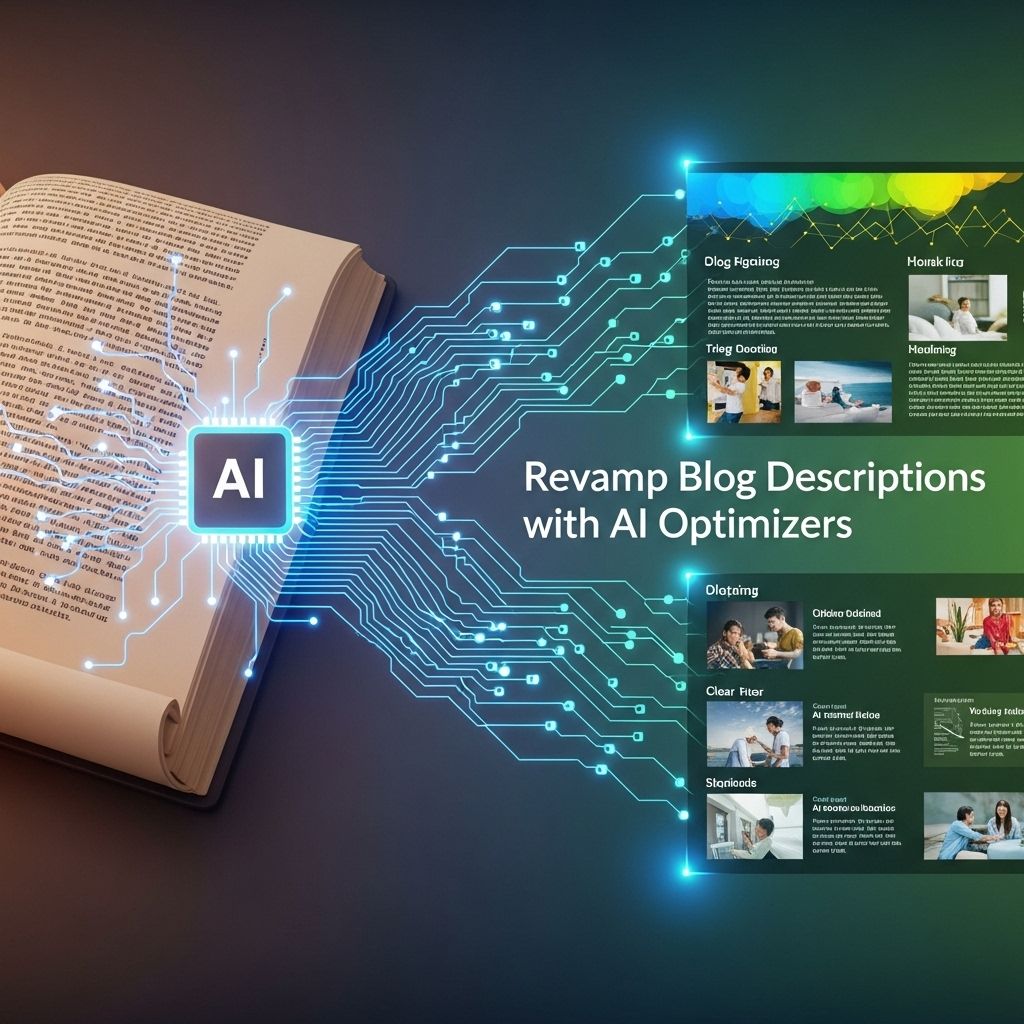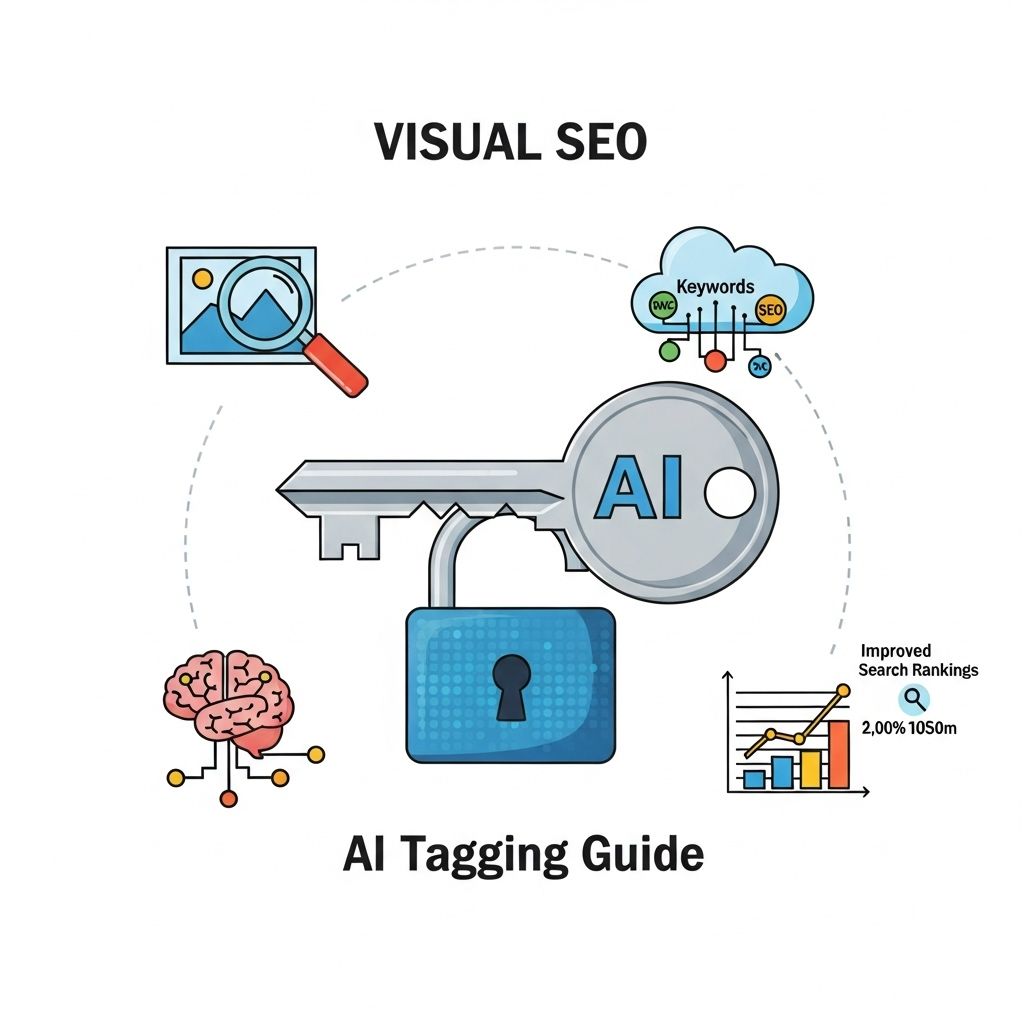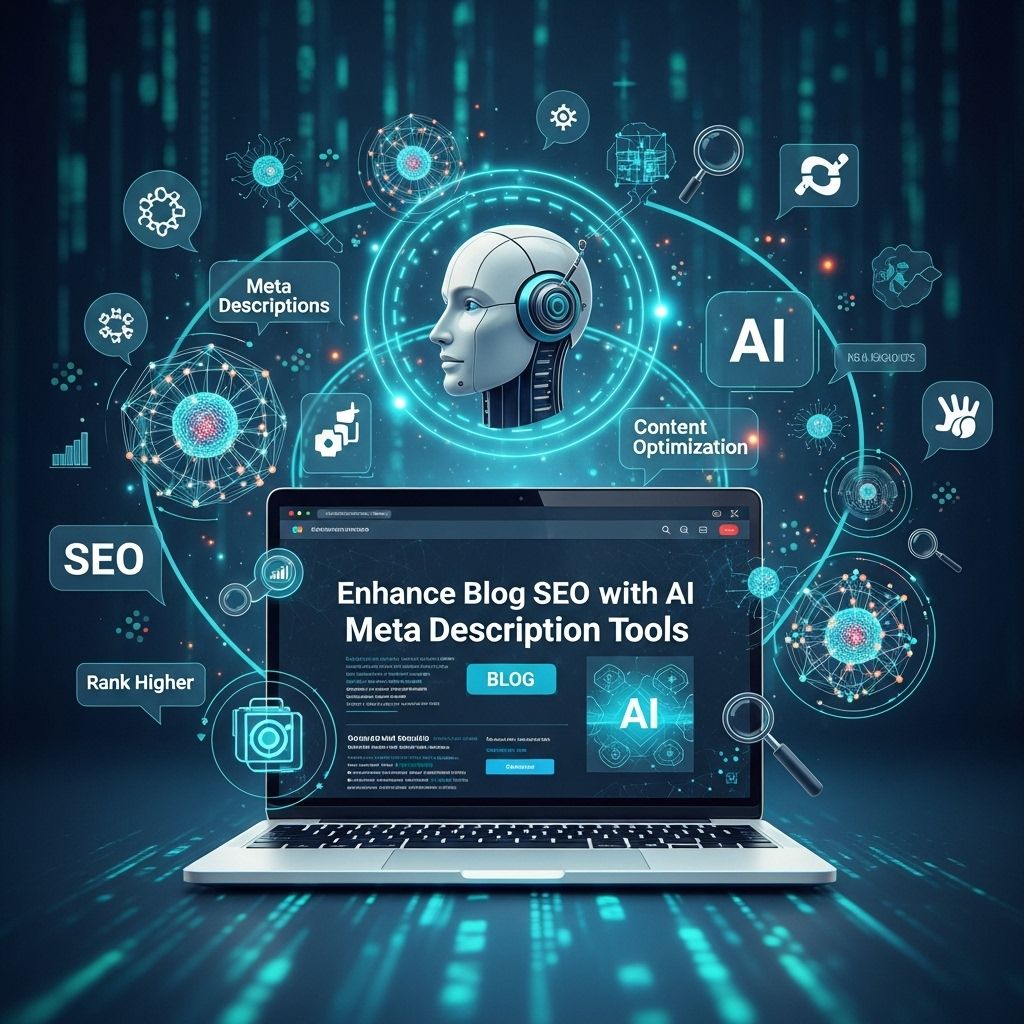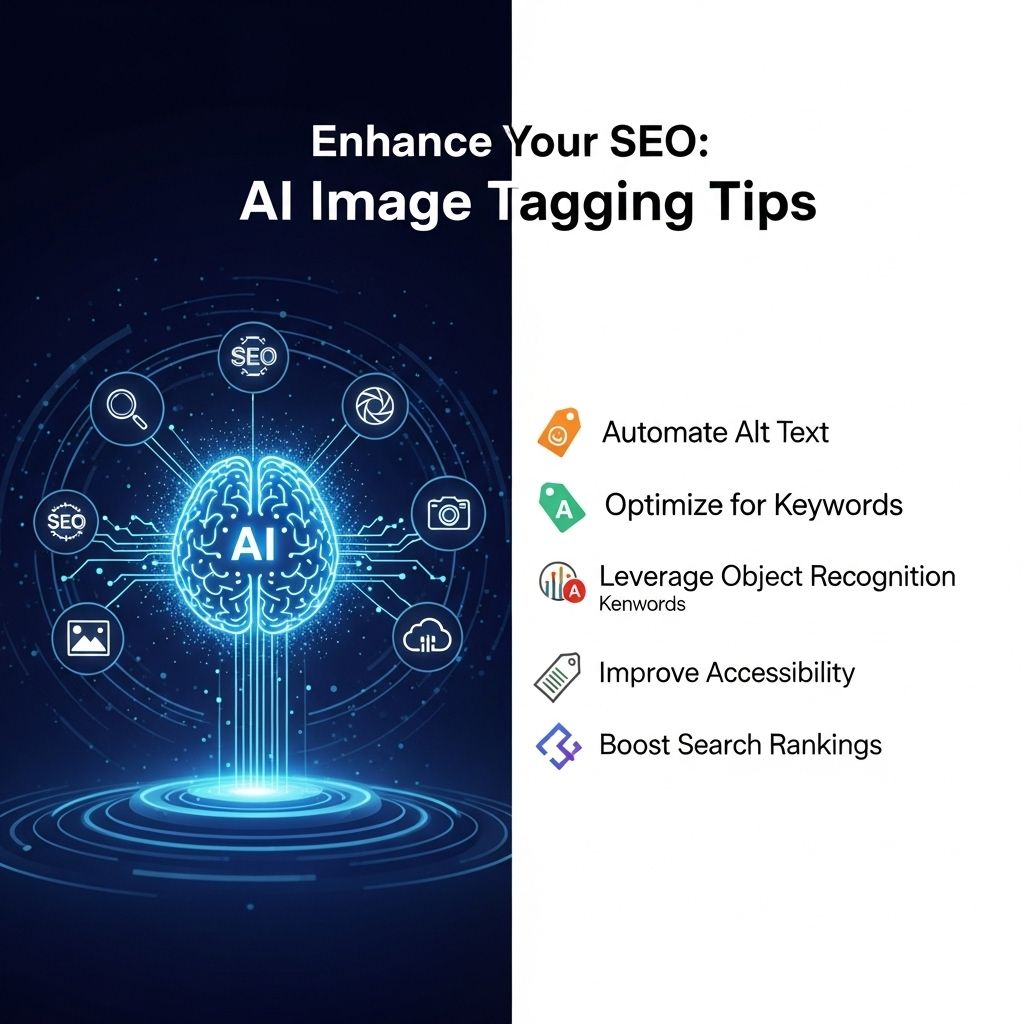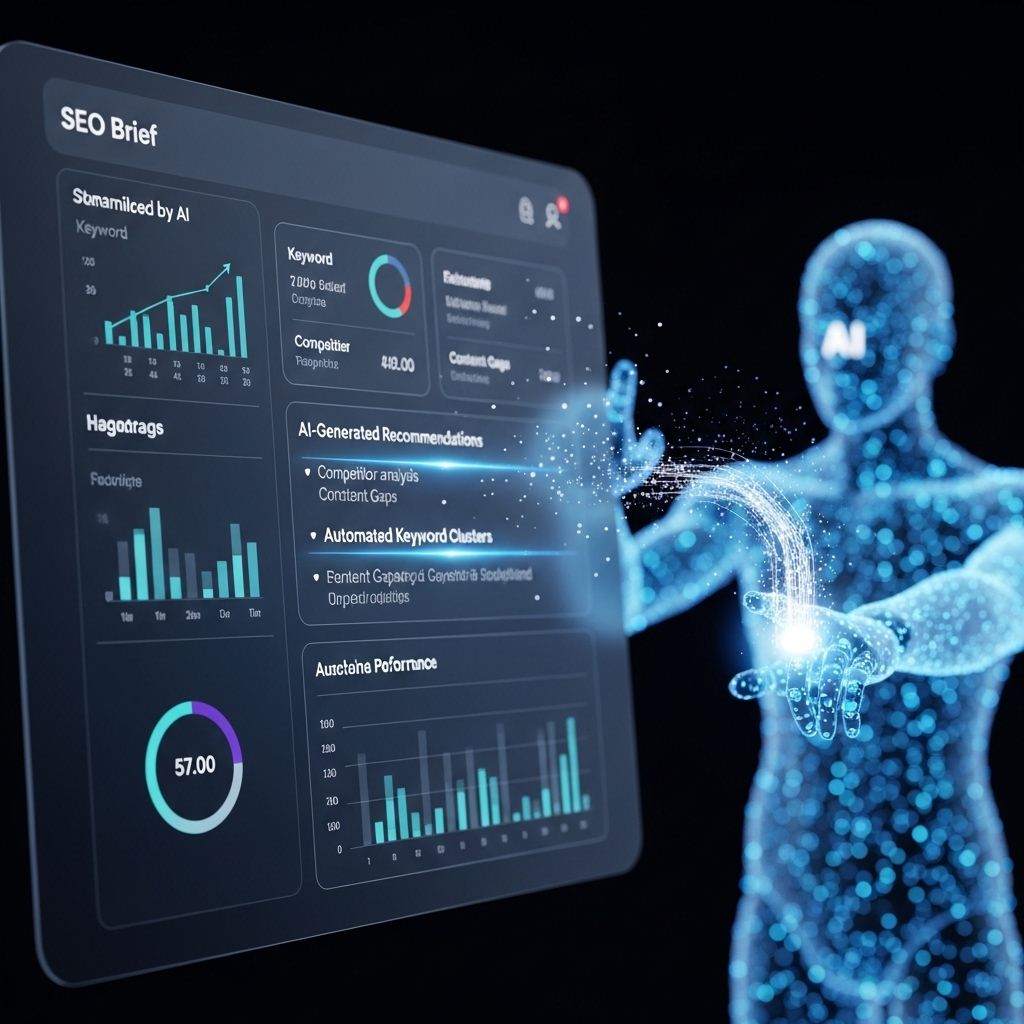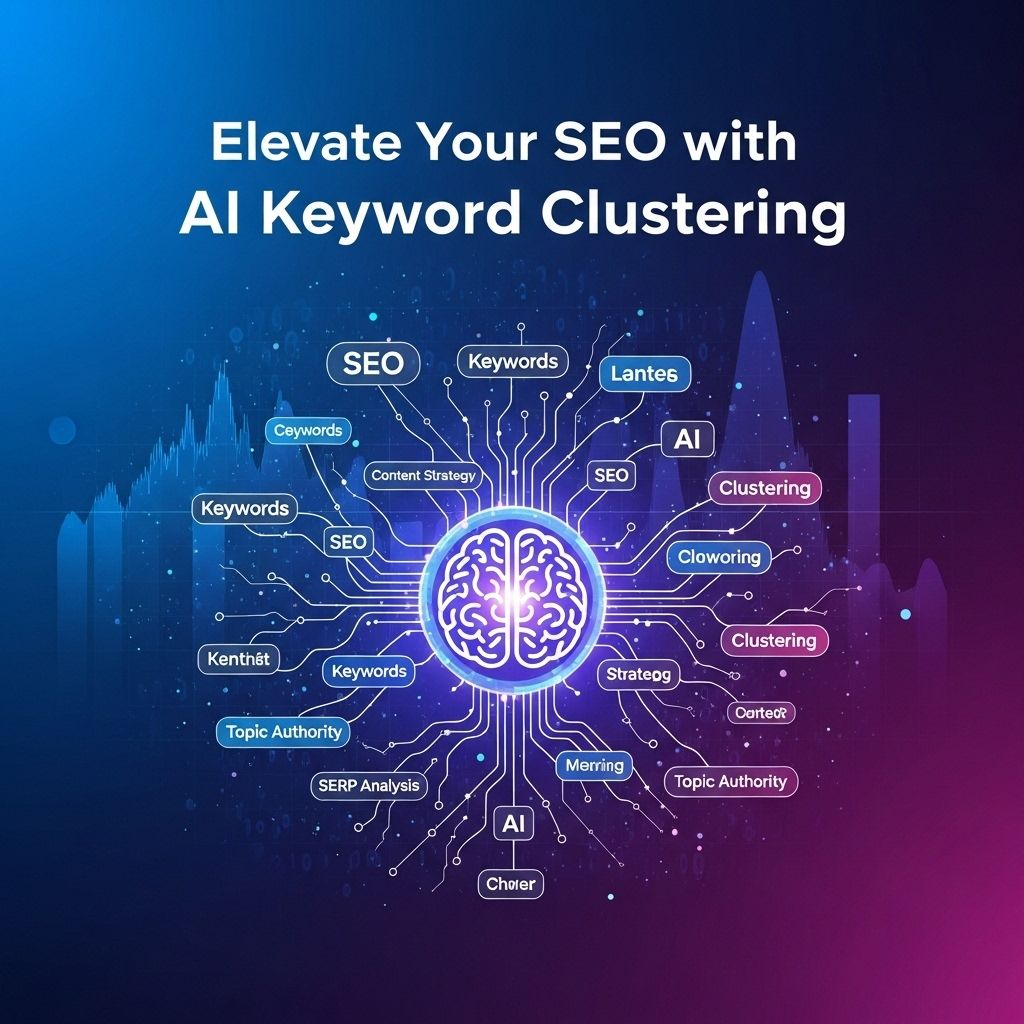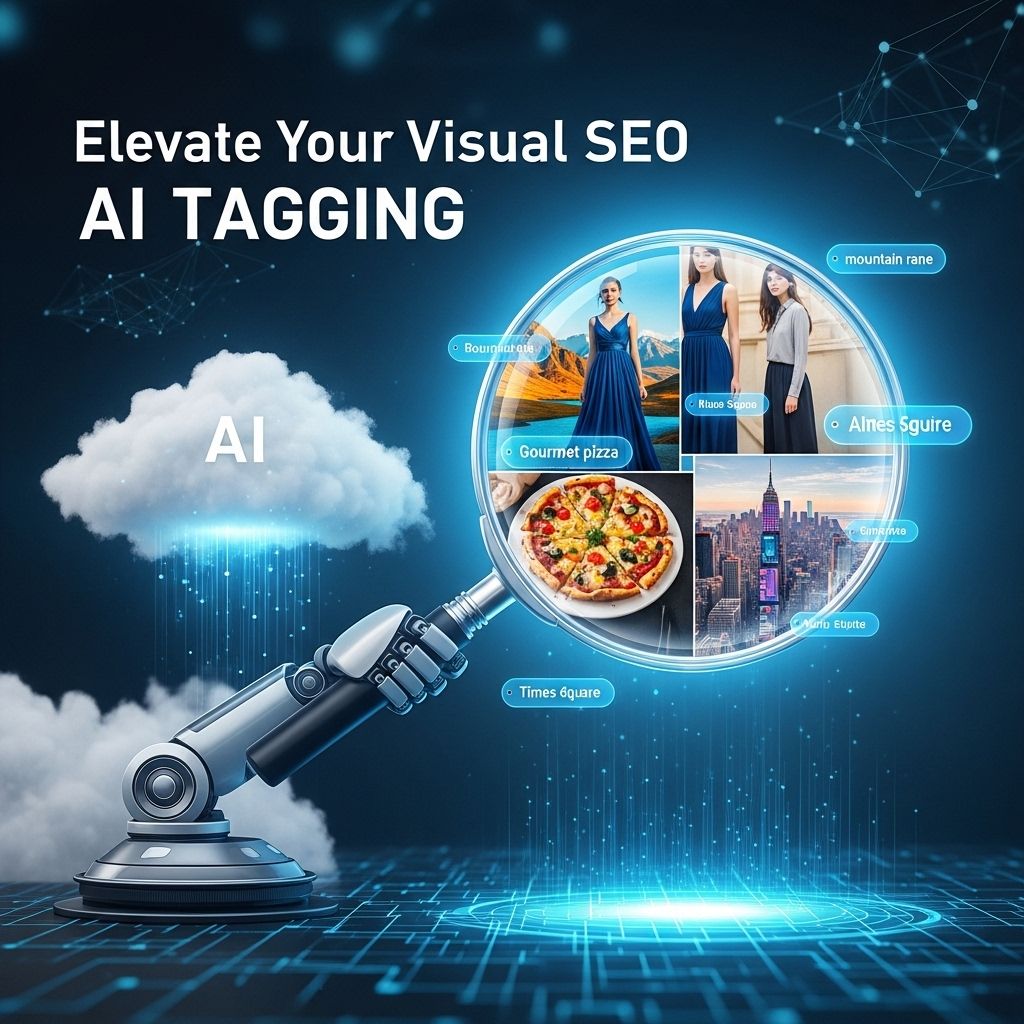Unlock Visual SEO with AI Image Tagging for Better Rankings
Discover how AI image tagging can enhance your visual SEO strategy and improve your website's rankings in search results.
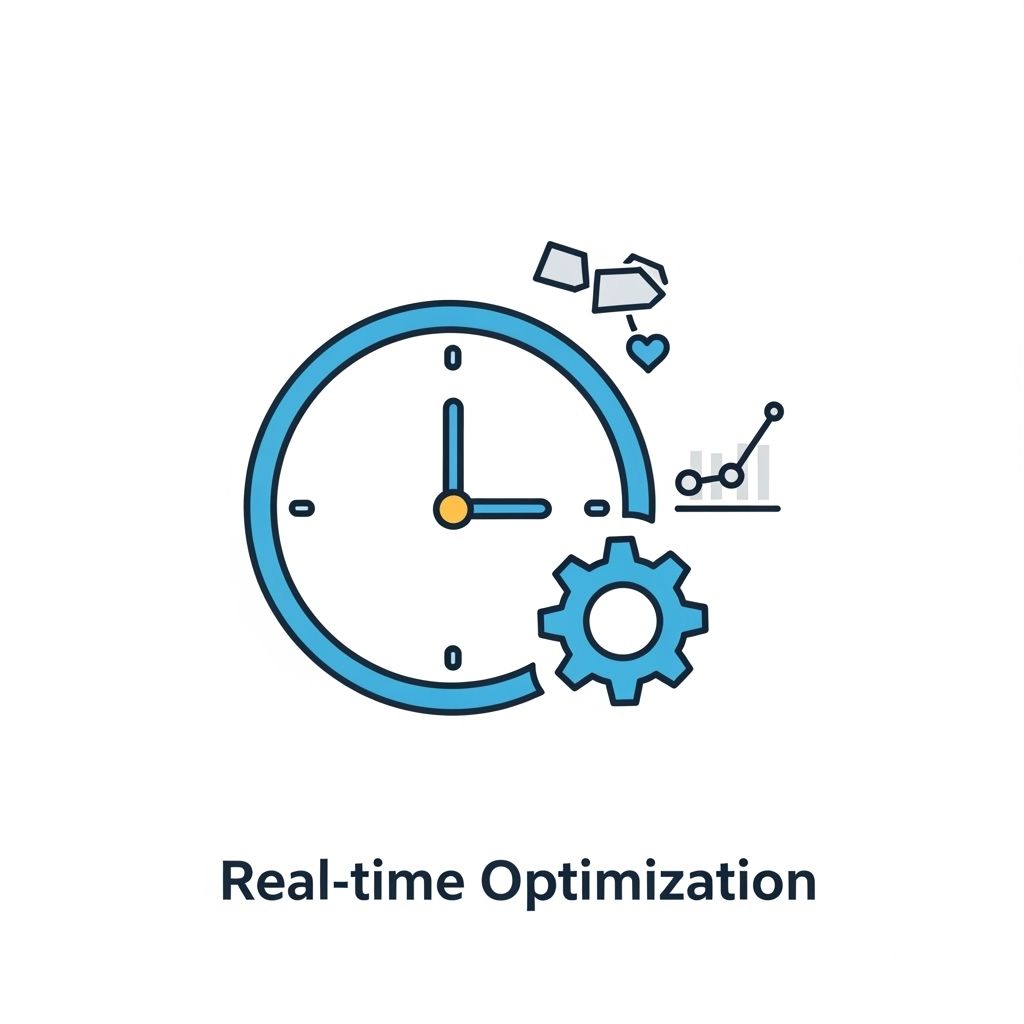
In today’s digital landscape, visuals play a pivotal role in capturing users’ attention and enhancing user experience. However, optimizing these images for search engines requires a strategic approach that goes beyond mere keywords. Enter AI image tagging—a revolutionary technology that leverages artificial intelligence to enhance visual SEO. This article explores how AI image tagging works, its benefits, and best practices for optimizing your visual content.
Table of Contents
Understanding AI Image Tagging
AI image tagging refers to the process of using machine learning algorithms to automatically assign descriptive tags or keywords to images. This not only helps search engines understand the content of an image but also improves accessibility for users with disabilities.
How AI Image Tagging Works
At its core, AI image tagging involves several key processes:
- Image Processing: The algorithm analyzes the image, identifying shapes, colors, and patterns.
- Feature Extraction: Unique features of the image are extracted to create a digital representation of the visual content.
- Tag Generation: Based on the features, the AI generates relevant tags that best describe the image.
- Continuous Learning: Over time, the AI learns from user interactions and feedback to improve its tagging accuracy.
Benefits of AI Image Tagging
Implementing AI image tagging has numerous advantages for businesses and content creators:
- Enhanced SEO: By providing relevant tags, search engines can better index images, improving visibility in image searches.
- Time Efficiency: Automating the tagging process saves time compared to manual tagging, allowing teams to focus on other priorities.
- Accessibility Improvement: AI-generated tags can improve the experience for visually impaired users by providing context to images.
- Data Insights: AI can analyze user engagement with images, providing insights that can inform future content strategies.
Best Practices for Implementing AI Image Tagging
To fully leverage the benefits of AI image tagging, consider the following best practices:
1. Choose the Right AI Tool
There are numerous AI image tagging tools available. When selecting one, consider the following criteria:
- Accuracy of tagging
- Integration capabilities with existing platforms
- User feedback and reviews
- Cost versus functionality
2. Combine AI with Human Oversight
While AI is powerful, it’s not infallible. Implement a review process where humans can correct or enhance AI-generated tags to ensure they align with brand voice and guidelines.
3. Optimize Image File Names
The image file name plays a crucial role in SEO. Here are some tips:
- Use descriptive names that include keywords (e.g.,
blue-widget-2023.jpg). - Avoid generic names like
image1.jpg. - Use hyphens to separate words for better readability.
4. Utilize Alt Text
In addition to AI tags, always include alt text for images. This provides additional context and enhances accessibility:
| Element | Tip |
|---|---|
| Length | Keep it concise, ideally under 125 characters. |
| Keywords | Incorporate relevant keywords naturally. |
| Context | Describe the function or purpose of the image. |
Case Study: AI Image Tagging in Action
To illustrate the impact of AI image tagging, let’s examine a case study:
Company Profile
Brand: TechGear, a leading e-commerce platform for tech gadgets.
Challenge: TechGear was struggling with low visibility in image searches, affecting their overall traffic and sales.
Solution
They implemented an AI image tagging solution that automatically tagged all product images based on features and specifications.
Results
Within six months, TechGear experienced:
- 50% increase in image search traffic.
- 30% increase in overall website traffic.
- 20% increase in conversion rates on product pages.
Future of Visual SEO
The future of visual SEO is poised for transformation as AI continues to evolve. Here are some trends to watch:
- Increased personalization: AI will tailor image tagging and recommendations based on user behavior.
- Enhanced video tagging: As video content grows, similar tagging technologies will likely be applied to videos.
- Greater emphasis on user-generated content: Brands may leverage AI to tag and optimize user-submitted images.
Conclusion
AI image tagging is not merely a trend; it’s a game-changer for those looking to boost their visual SEO strategy. By leveraging this technology, businesses can enhance their online presence, improve accessibility, and ultimately drive more traffic and conversions. As AI capabilities grow, staying at the forefront of these advancements will be crucial for maintaining a competitive edge in the digital marketplace.
FAQ
What is AI image tagging and how does it enhance visual SEO?
AI image tagging uses artificial intelligence to automatically identify and label images with relevant keywords, improving their visibility in search engines and enhancing visual SEO.
Why is visual SEO important for my website?
Visual SEO is crucial as it helps images rank higher in search results, driving more organic traffic to your website and enhancing user engagement through visually appealing content.
How can I implement AI image tagging on my website?
You can implement AI image tagging by using plugins or software that integrate with your content management system, allowing for automatic tagging of images based on their content.
What are the benefits of using AI for image optimization?
The benefits include increased accuracy in tagging, time savings in manual tagging, improved image search rankings, and enhanced user experience through better-organized visual content.
Can AI image tagging improve accessibility for my website?
Yes, AI image tagging can enhance accessibility by generating descriptive alt text for images, making your content more accessible to visually impaired users and compliant with web accessibility standards.

